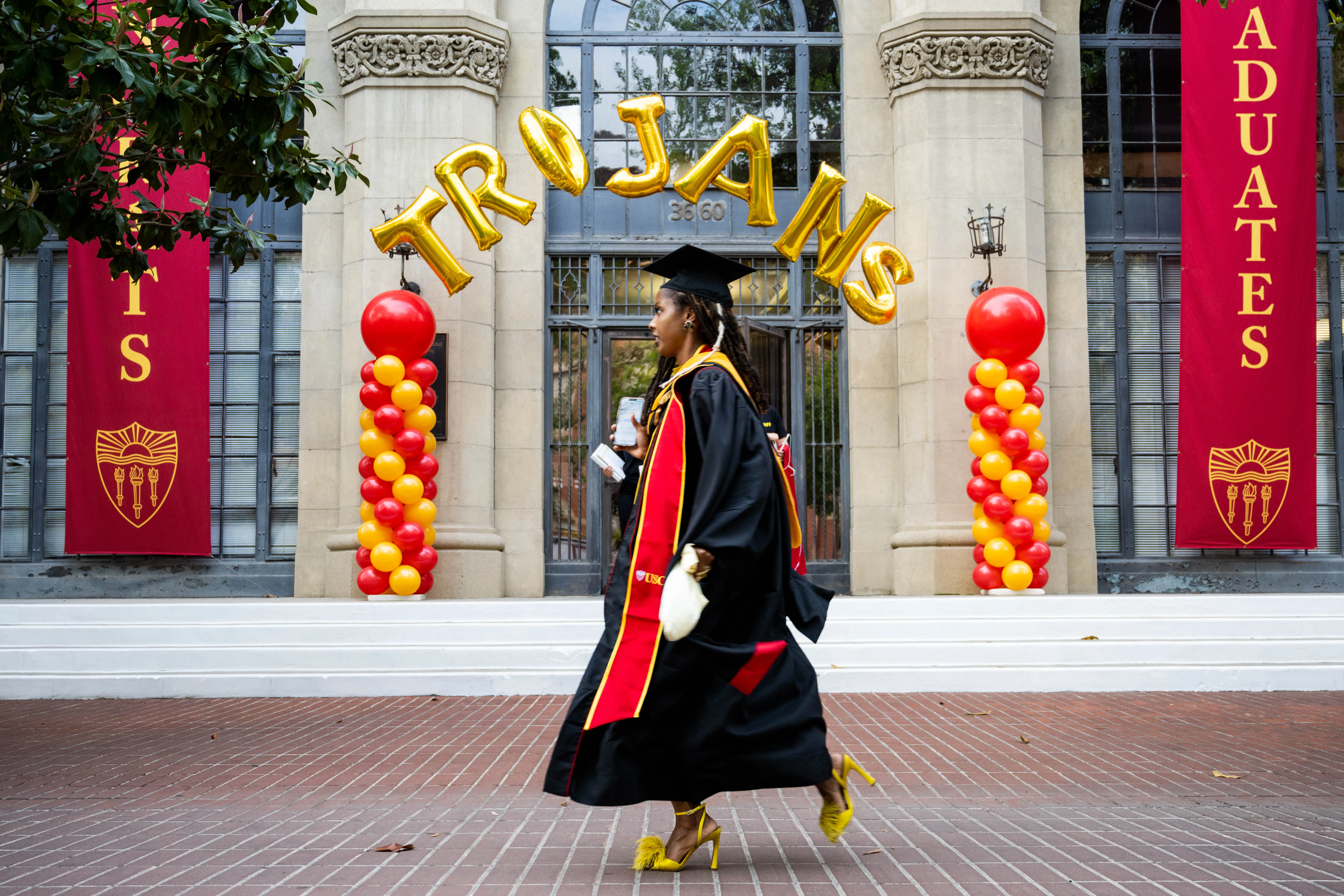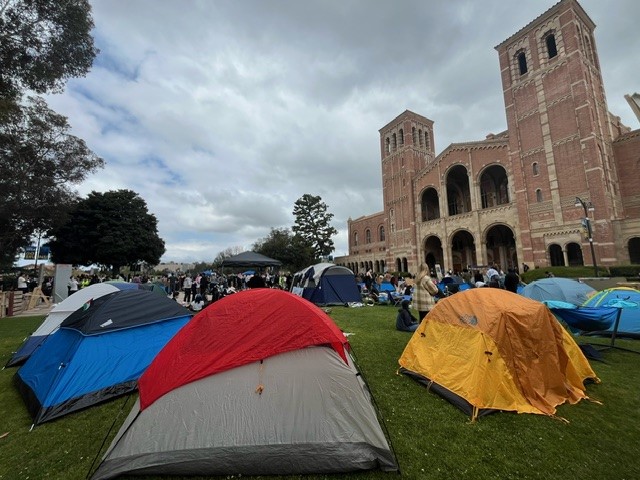Southern California was seeing something of a rarity Monday as temperatures dipped and muggy conditions began to rise: a bit of rain.
Light showers were reported early Monday for parts of a drought-stricken region that just completed one of its driest rain seasons on record.
Monsoon conditions were moving into the Southland, and with it comes the possibility of thunderstorms. Areas mostly affected by the conditions would be the mountains and deserts, which could see rain into Tuesday.
- Running Dry: Drought Map, Updates, Water Conservation
“But some of these storms will drift into the inland valleys over the afternoon and evening hours,” said NBC4 meteorologist Crystal Egger.
The stormy weather was expected to force its way into the area this afternoon and evening.
Temperatures were expected in the 80s and 90s inland, 70s on the coast, and up to the 100s in desert areas. A slight decrease in temperatures would likely be nullified by a significant increase in humidity.
- Weather Page: Interactive Radar, Extended Forecast
“Humidity is going up, so it’s going to be just as uncomfortable out there,” Egger said.
News
Top news of the day
Clouds blanketed most of Southern California during the morning ahead of a hot and humid day. Light rain was reported early Monday in Rancho Cucmonga and nearby mountain communities. The showers might move into the San Gabriel Valley, but significant rainfall is not likely.
The monsoon conditions are expected to last through Wednesday.
“Anyone planning outdoor activities in the mountains and deserts during the next few days should carefully monitor the latest national weather service forecast and statements due to the potential hazards associated with thunderstorms,” according to a weather statement.
The chance of rain comes after one of Los Angeles’ worst rain seasons on record ended on June 30. Between July 1, 2013 and the end of June, just 6.08 inches of rain was recorded in downtown Los Angeles. An average rain season is just under 15 inches.
About three-fourths of California is categorized in Extreme to Exceptional drought, which brings the threat of rapid wildfire spread, water supply issues and stressed crops.
NBC4's Jonathan Lloyd contributed to this report.



